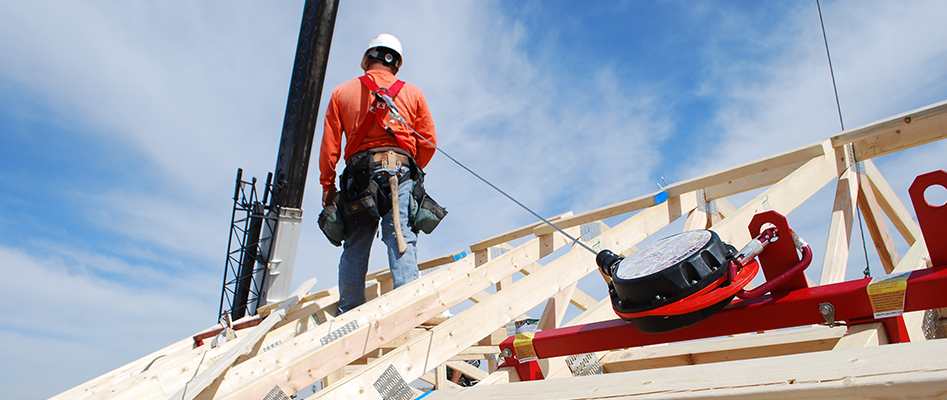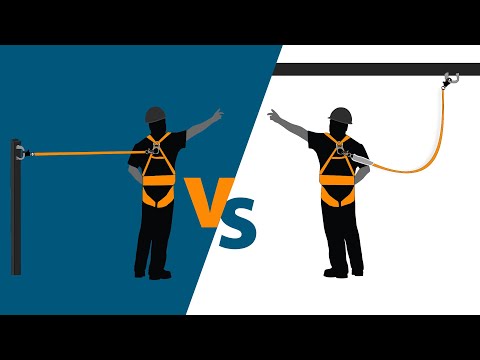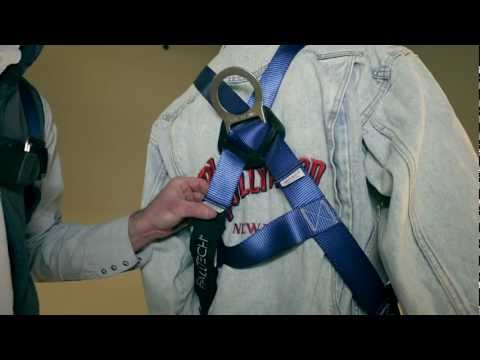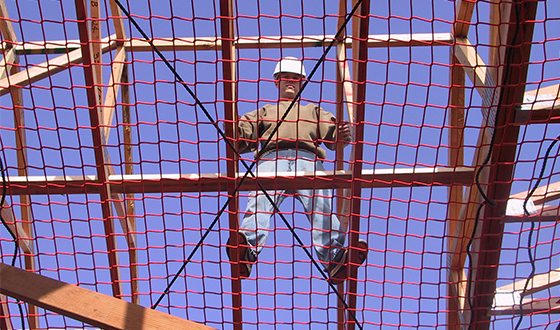"...You can go on the internet and look at it. It goes in right about the thigh and comes out right about the armpit. You know how they get you to the hospital? They cut the rebar."
—Jeff Johnson, Acme Construction Supply, Oregon Regional Safety Director:
In the construction industry, fall protection remains a critical aspect of safeguarding worker safety. Falls from heights are a leading cause of workplace fatalities and serious injuries, making fall protection measures indispensable for preventing such incidents.
This video delves into the intricacies of fall clearance calculations, emphasizing their significance in ensuring worker safety. By understanding the factors that influence fall clearance and the consequences of neglecting these calculations, individuals can make informed decisions to prioritize fall protection measures.
Key fall protection takeaways:
- Accurately calculating fall clearance is essential for preventing falls and protecting worker safety.
- Factors such as lanyard length, deceleration distance, worker height, harness stretch, and safety clearance must be considered.
- Failure to properly calculate fall clearance can lead to severe injuries or even death.
- Fall protection encompasses both accurate calculations and eliminating potential hazards.
People often overlook the importance of fall clearance calculations. They fail to consider the potential hazards posed by obstructions or uneven surfaces when calculating fall clearance for lanyards.
Dustin Schneider, 3M US Sales Training Manager: Accurately calculating fall clearance is essential for ensuring worker safety. Factors to consider include the length of the lanyard, deceleration distance, worker height, harness stretch, and safety clearance.
Calculating Fall Clearance for Lanyards
When calculating fall clearance for lanyards, measurements start from the anchor point, not the walking surface. Identifying potential obstacles below the worker is crucial. The maximum freefall distance, typically six feet for a lanyard, is the first factor. Deceleration distance, usually 42 inches per OSHA standards, is next.
Worker height, harness stretch, and safety clearance also play a role. Safety clearance accounts for potential discrepancies in worker weight and ensures adequate clearance.
A Standard Six-Foot Lanyard Example
Using a standard six-foot lanyard, a total of 17.5 feet of clearance from the anchor point to the next level is necessary. Failure to properly calculate fall clearance can lead to severe injuries or even death. Obstructions, uneven surfaces, and miscalculations can all contribute to falls.
A worker falling onto a rebar stubbed out for a curtain wall or onto a fresh tilt wall with protruding form spikes, rebar, or two-by-fours. Falling through a window at 40 mph or striking a rebar-filled concrete column at 40 mph are all potentially fatal consequences of neglecting fall clearance calculations.
Fall Protection: A Combination of Calculations and Error Prevention
Fall protection encompasses both accurate calculations and eliminating potential hazards. By minimizing errors and ensuring adequate clearance, worker safety is paramount.












